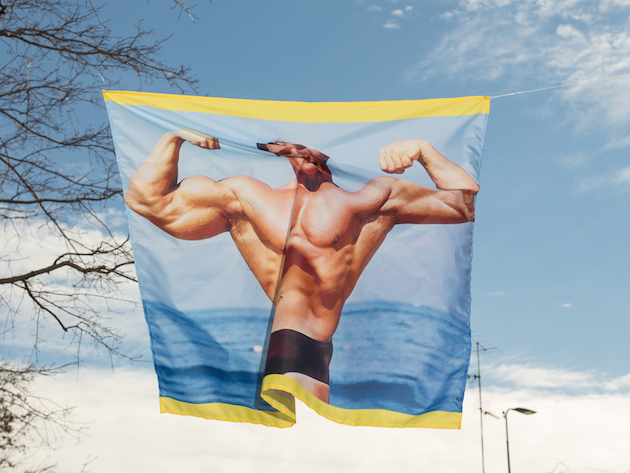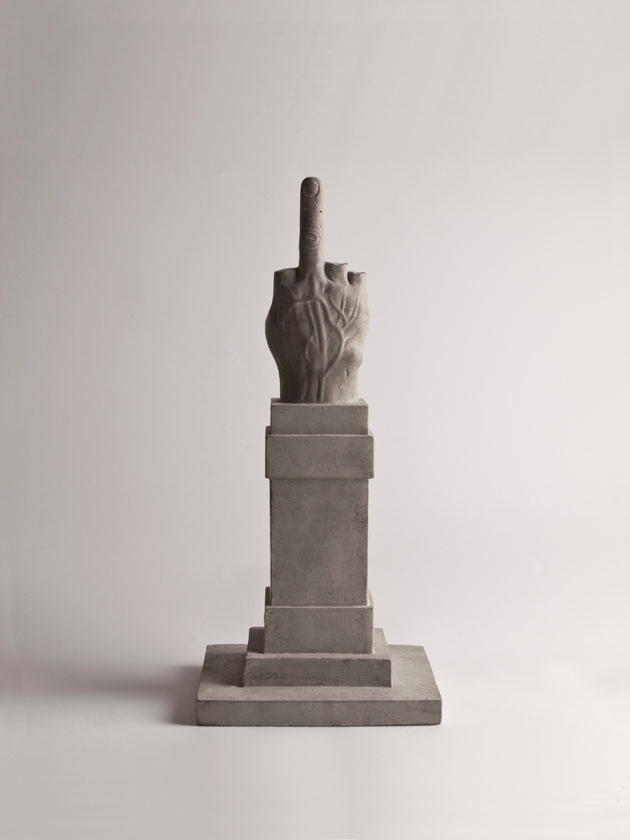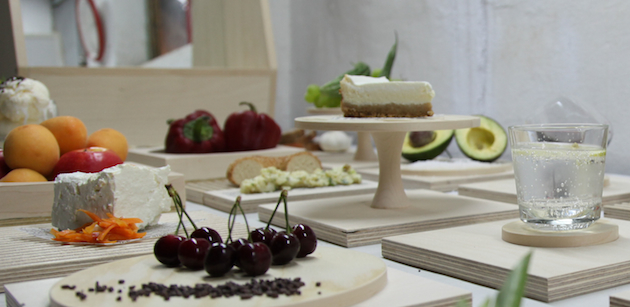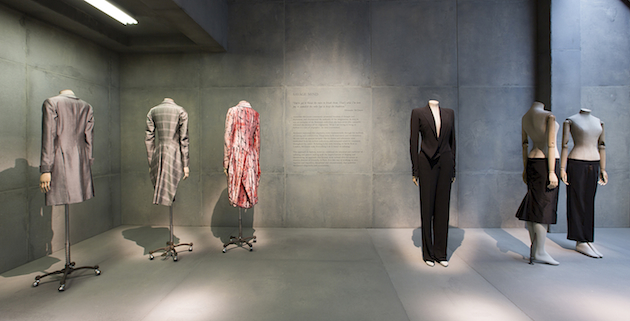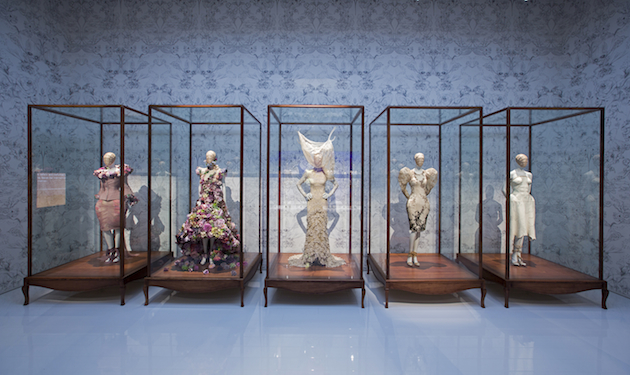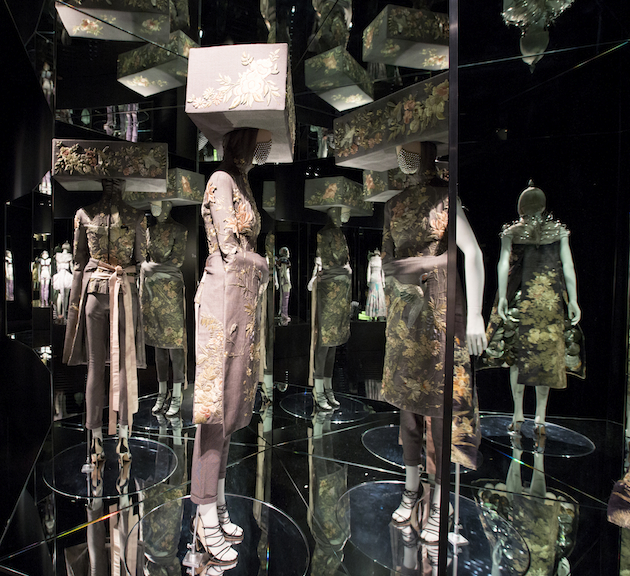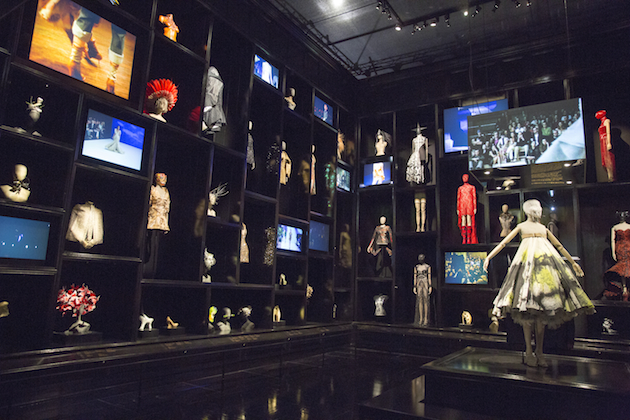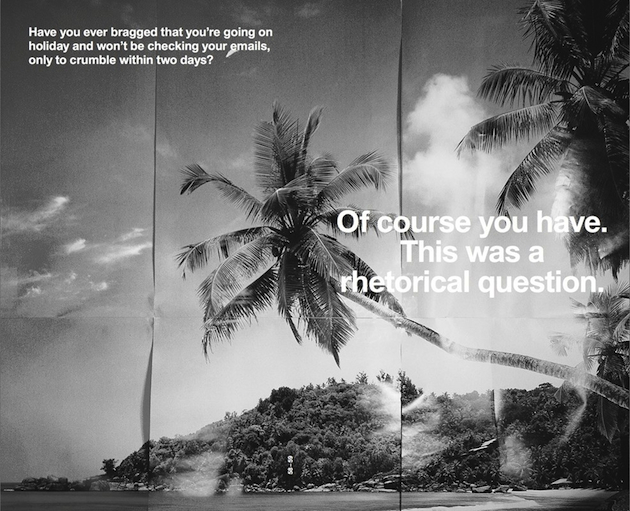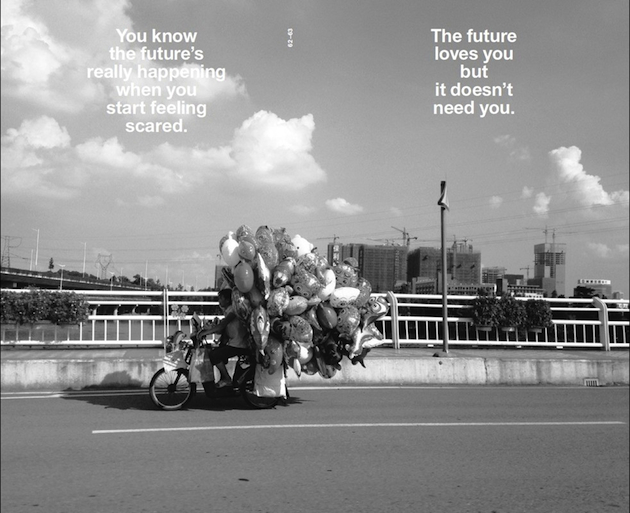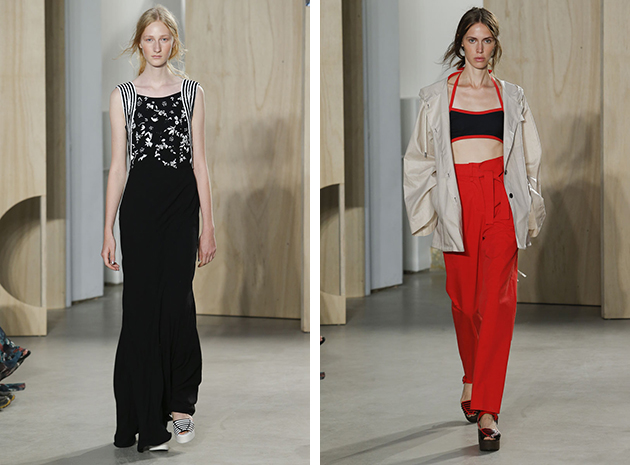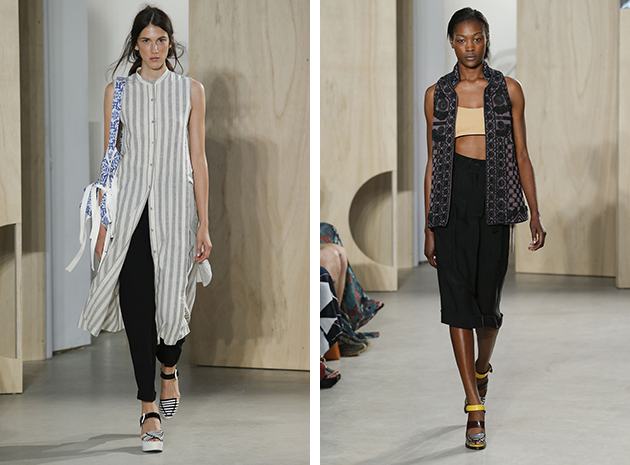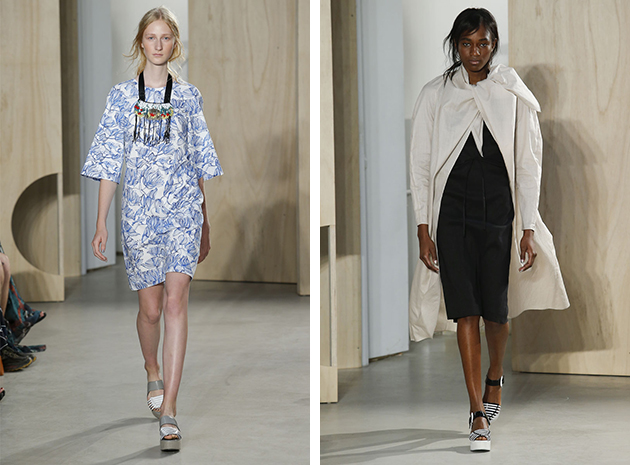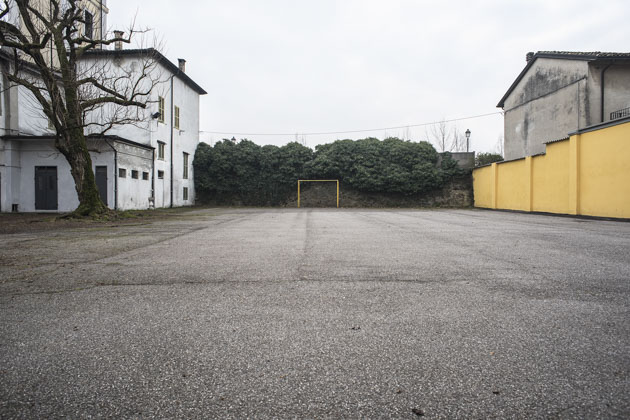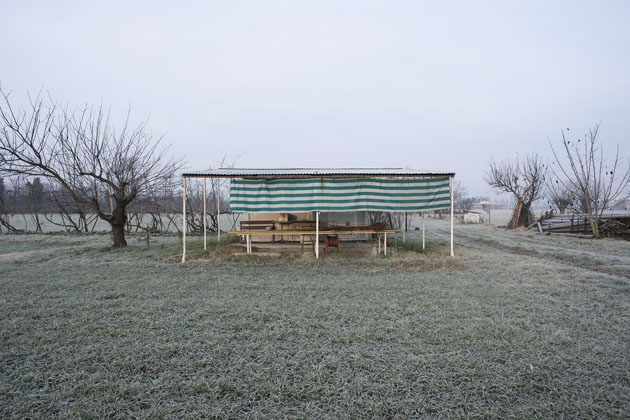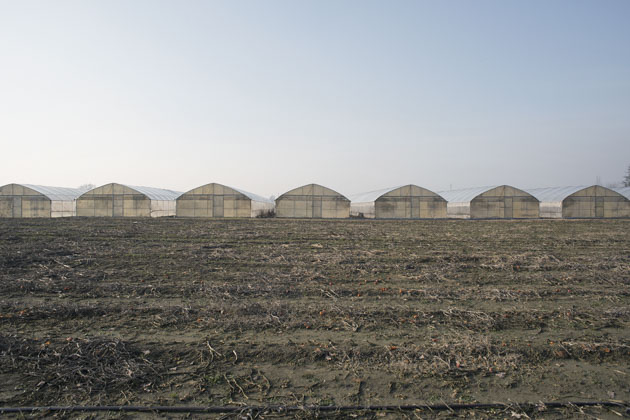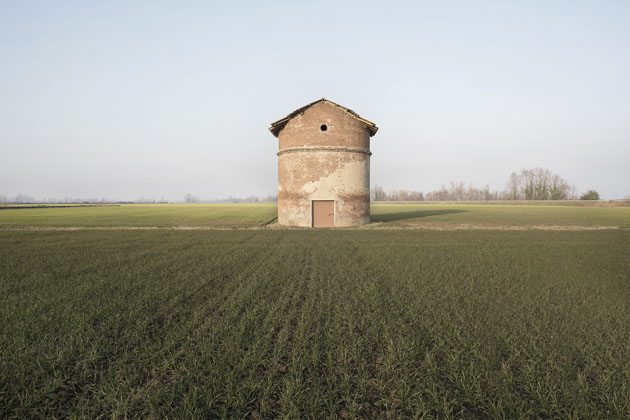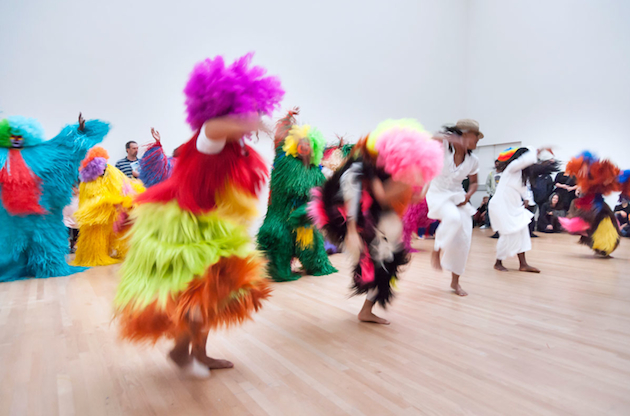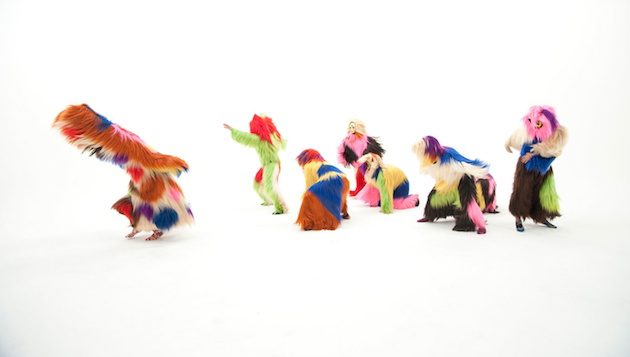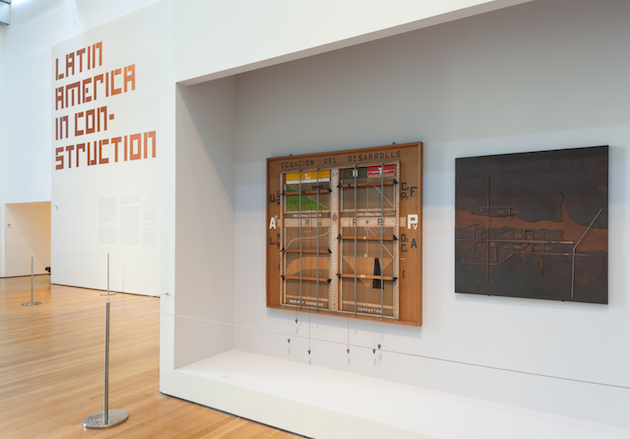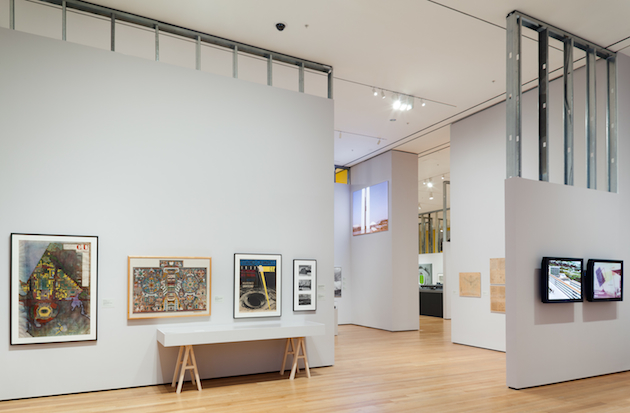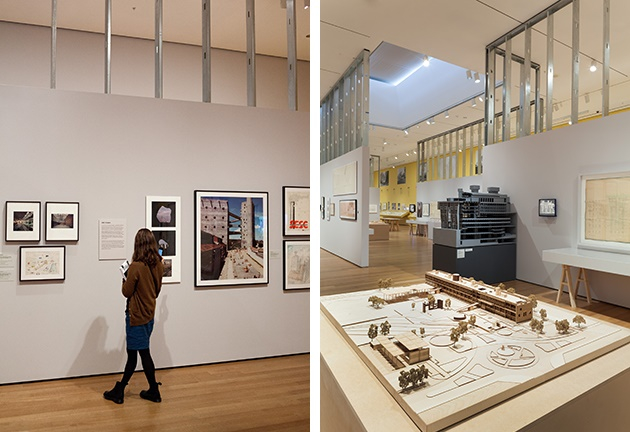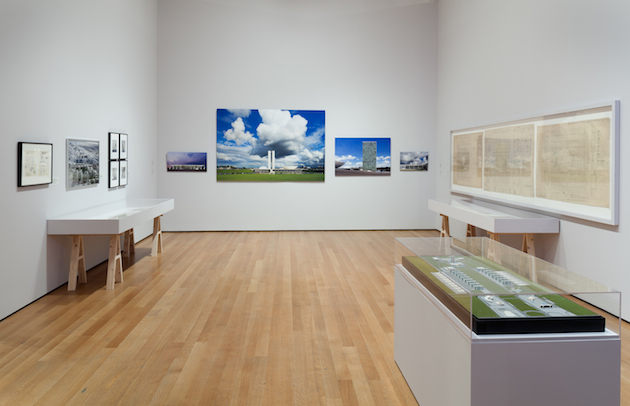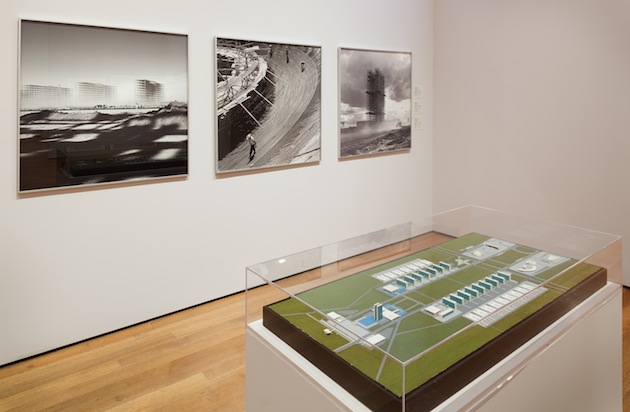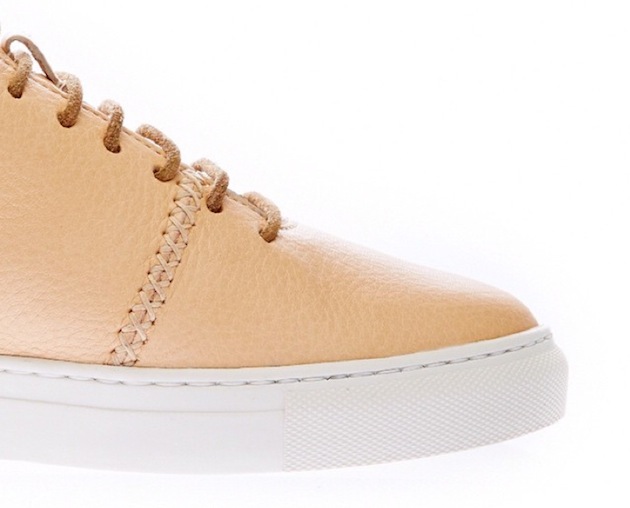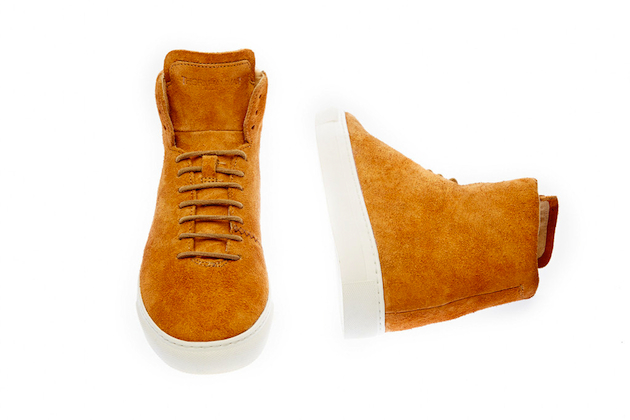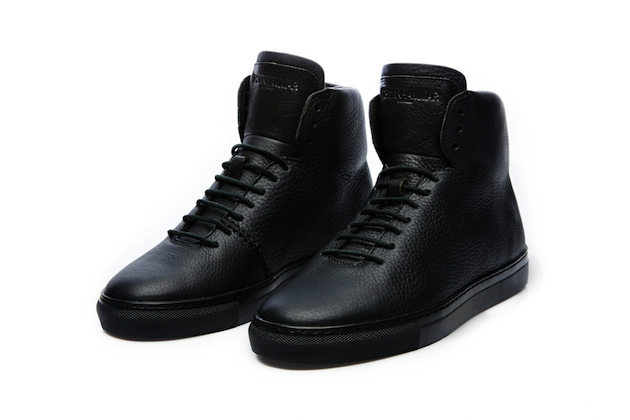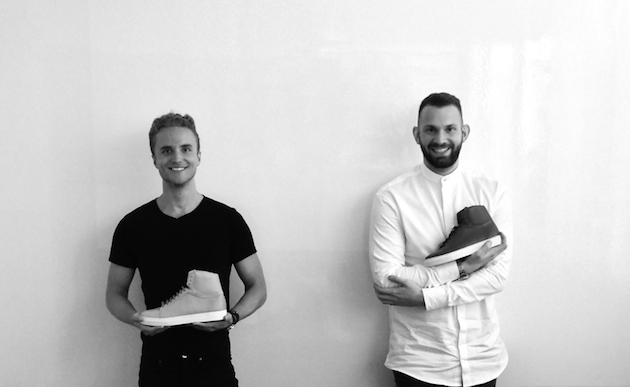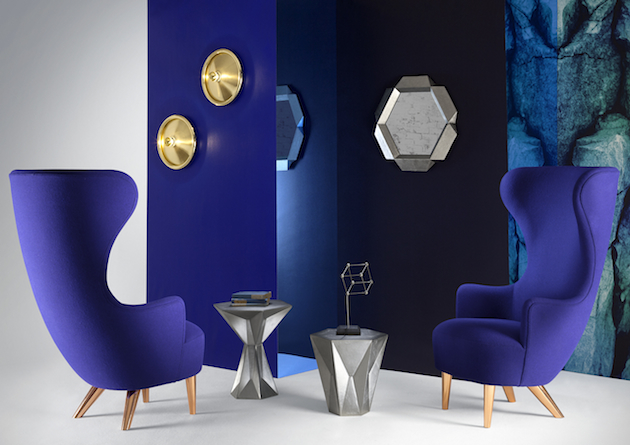
When the first Salone del Mobile opened in Milan in 1961 – as the Italian version of a similar fair held in Cologne, Germany in the 1960 – its participants, mainly small artisans working in the wood industry, who eagerly gathered following an organic ‘word of mouth’, would hardly have imagined that in 50-years time, their desire to build an honest platform for development and debate would transform in such radical and not entirely positive ways. Half a century later, in fact, Salone del Mobile has turned out to be one of the most openly critiqued events of the design world, a symbol of design practice’s implicit incoherence and inadmissible, yet too often exercised, superficiality. This year in particular, the critique of the Salone has been more vociferous than in the past, with both theoreticians and practitioners questioning the purpose and dynamic of the platform.
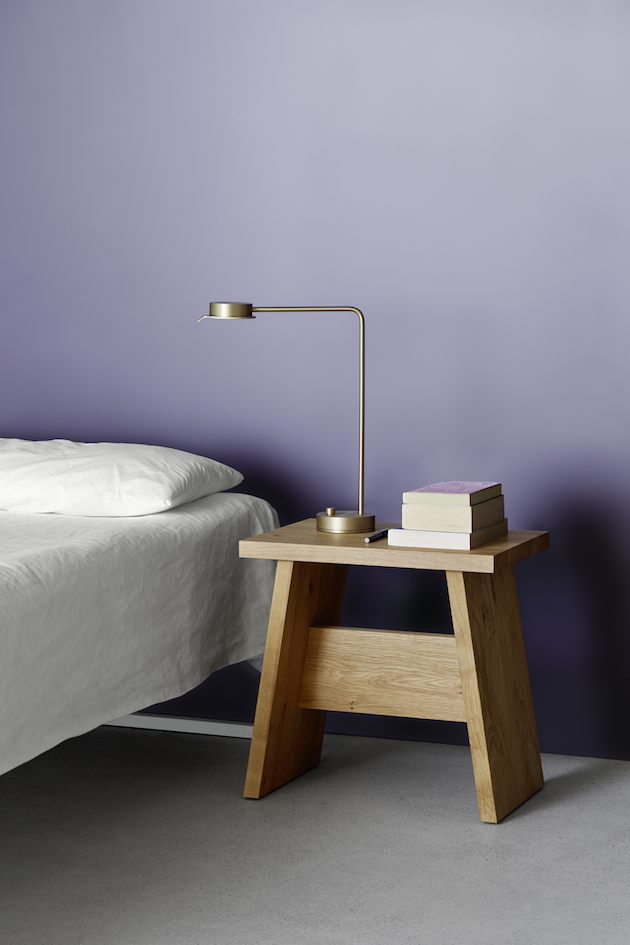
It is important to note that today, the fair itself – the actual Salone del Mobile – has only become a backdrop for a myriad of events taking place around the city, effectively colonizing its streets, shops and windows with anything even slightly related to design. While a global attention to Salone and its ‘unofficial’ counterparts has allowed many young, independent designers to present their work in such a rich, international context, it has also given rise to an abundance of meaningless, possibly unworthy showcases that don’t contribute to any constructive debate on the state of design practice today. Even more so, though, the fact that the fair has become an annual event (until 1991 it was held every two years) forces design companies to hectically assemble products that, were it not for the Salone, would probably never see the light of day.
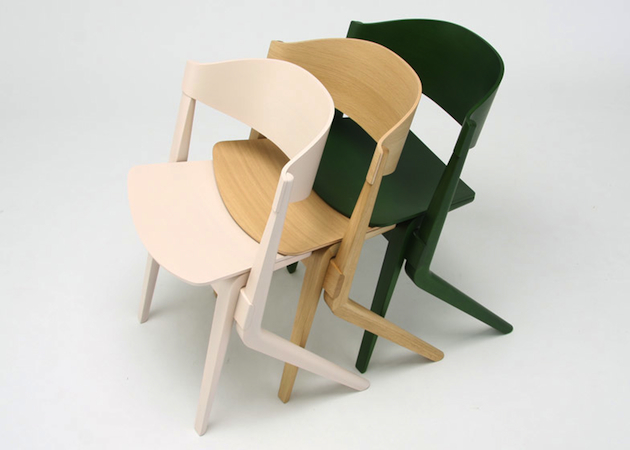
In her recent article for Frieze magazine, design critic Alice Rawsthorn argues that: “by dominating the media’s portrayal of design so relentlessly, the Salone has unintentionally reinforced the popular stereotype of design as a superficial, stylistic tool steeped in consumerism,” adding that “many of the new design challenges are explored in the fringe exhibitions and debates held during the Salone. But a furniture fair is not the most empathic or effective forum for them, raising the possibility of their migrating elsewhere.” Hella Jongerius, the famous Dutch designer, and Louise Schouwenberg, a design theoretician, have recently presented a manifesto titled “Beyond the New”. In it, they advocate for “an idealistic agenda in design, as we deplore the obsession with the New for the sake of the New, and regretfully see how the discipline lacks an intimate interweaving of the values that once inspired designers, as well as the producers of their ideas”, and shape an idealistic agenda for design that will be “a liberation from the schizophrenic subdivision of our field and the stifling rut in which users, designers, and producers have been caught for far too long.” By saying “It’s time to rid ourselves of the obsession with the new,” Jongerius and Schouwenberg inevitably point to events like Salone, and the timely publication of the manifesto, cannot but refer to its compulsive dynamic.
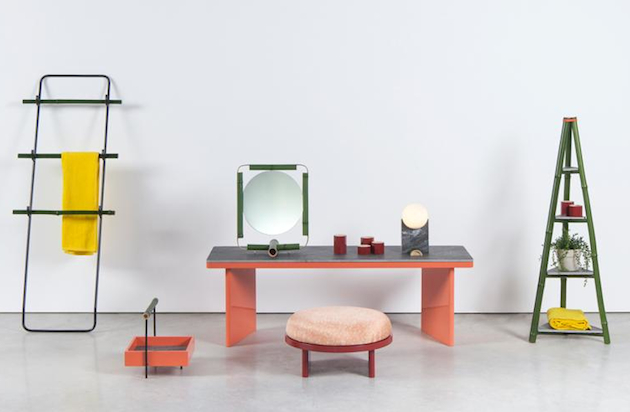
Yet, would it not be an exaggeration to blame Salone del Mobile for everything that is bad in design production today? Or is the Italian fair the only cause of design’s obsession with the new? Can Salone del Mobile renew itself with a claim for a more thoughtful, heterogeneous depiction of design practice? Despite the power of industry and the media, its future cannot but rely on designers themselves. As Jongerius and Schouwenberg suggest, it is designers that must take the matter into their own hands: “Designers are pivotal to industrial design. Any shift in mentality should thus begin with them.”
Rujana Rebernjak